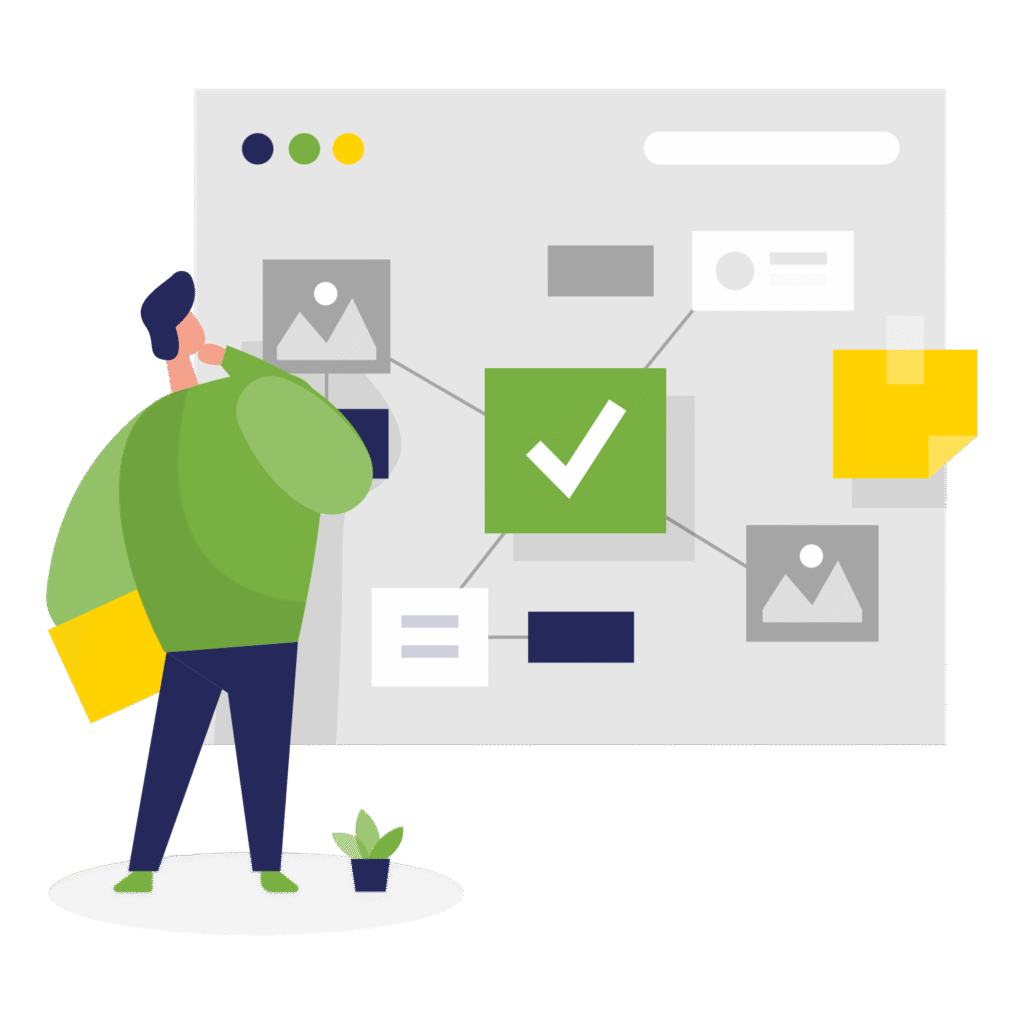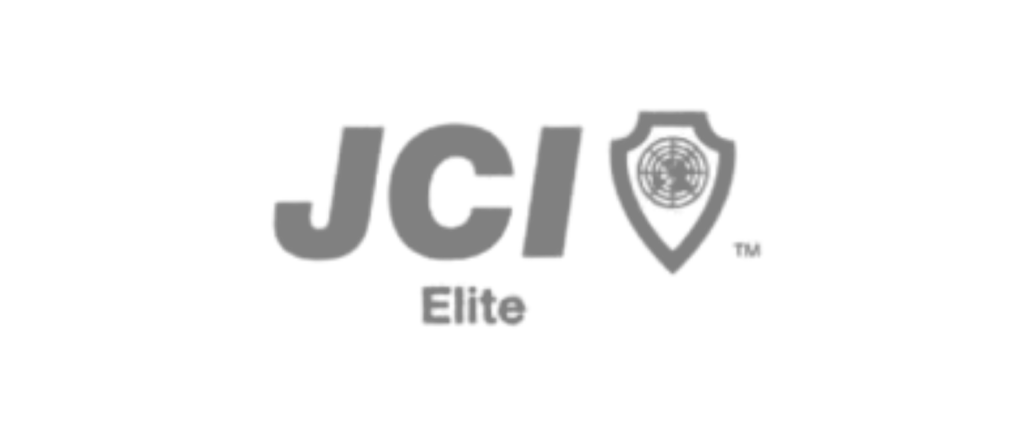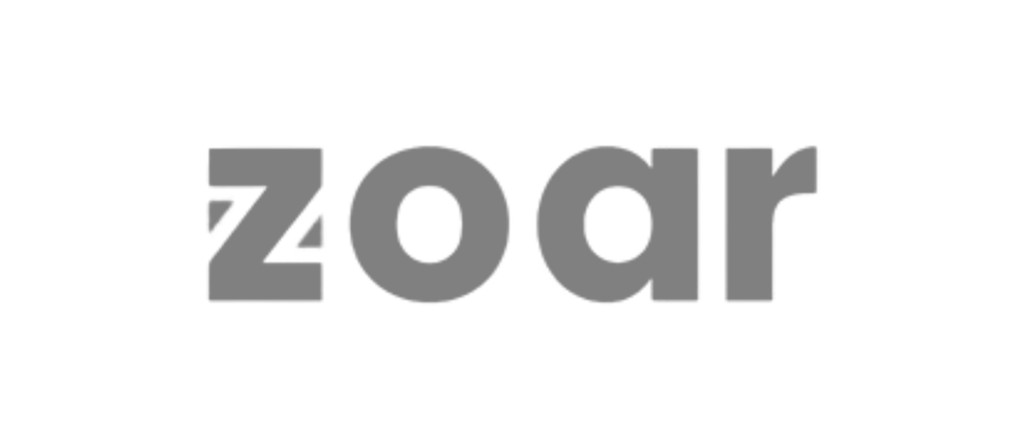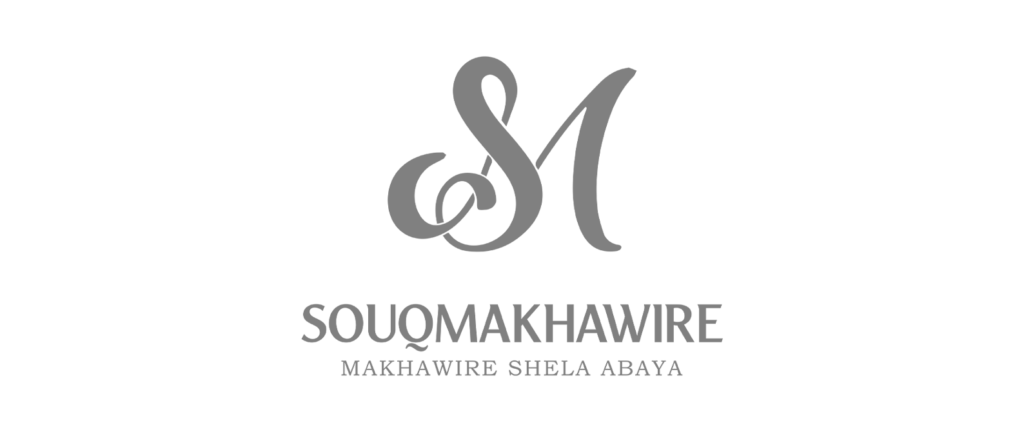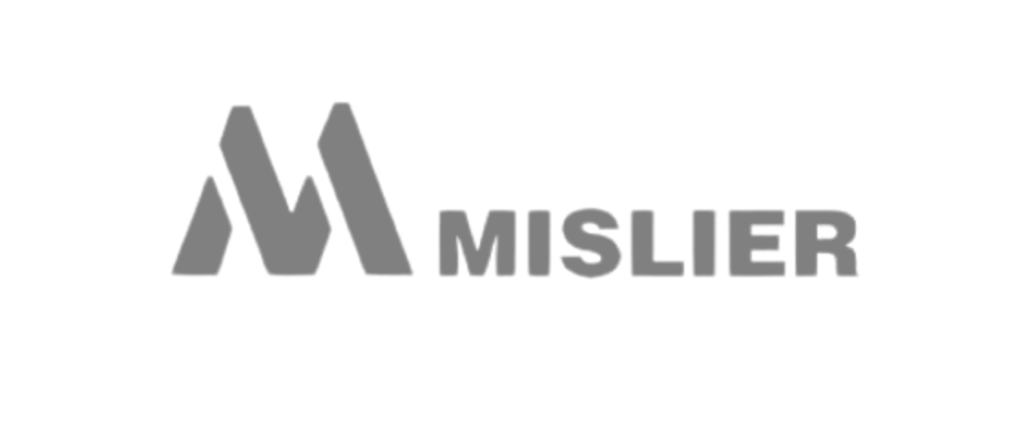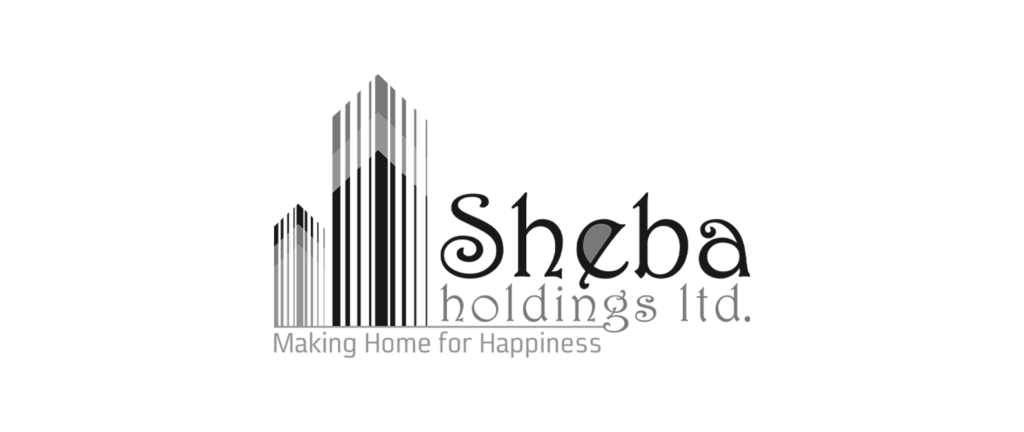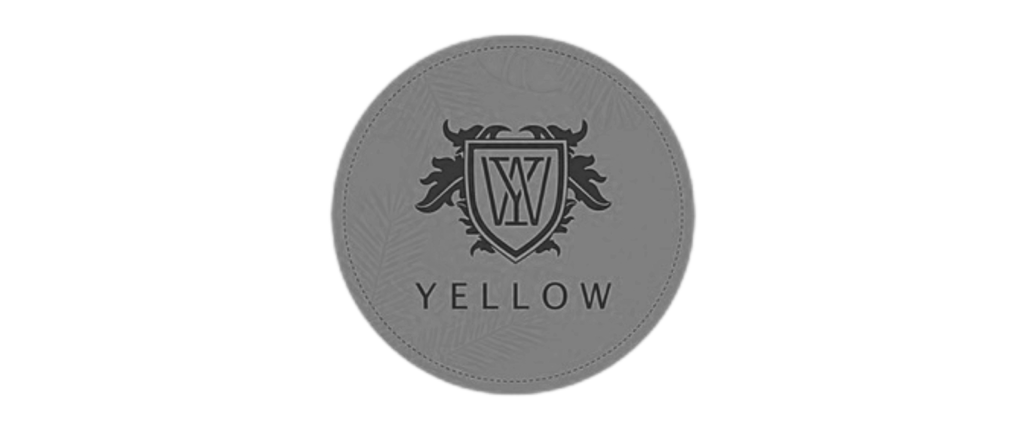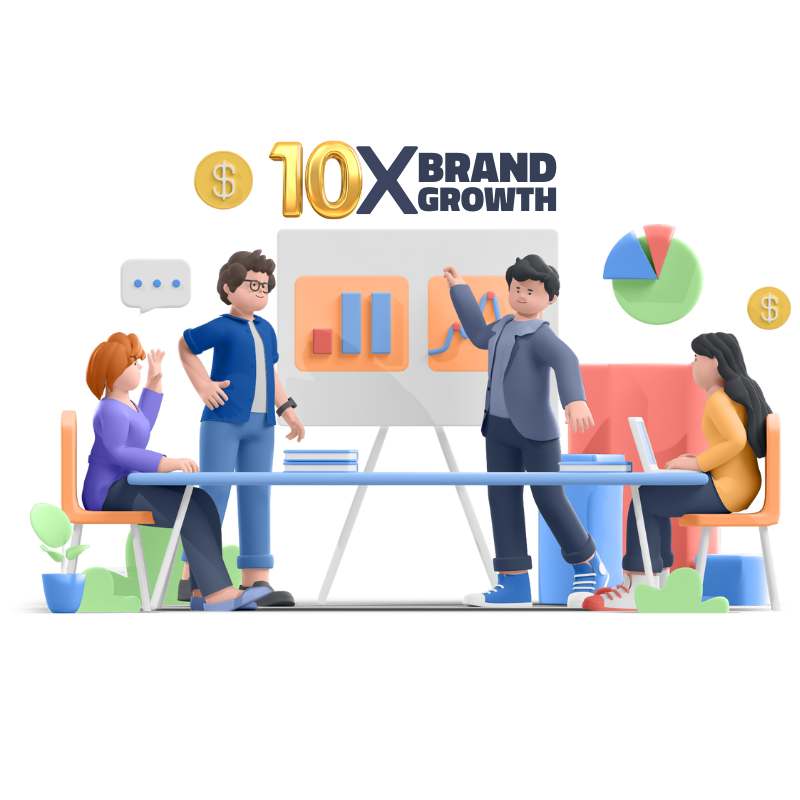Good SEO helps your site appear when people search for your services. Google checks two main things. First, what is on your site, known as on-page SEO. Second, what others say about your site, called off-page SEO.
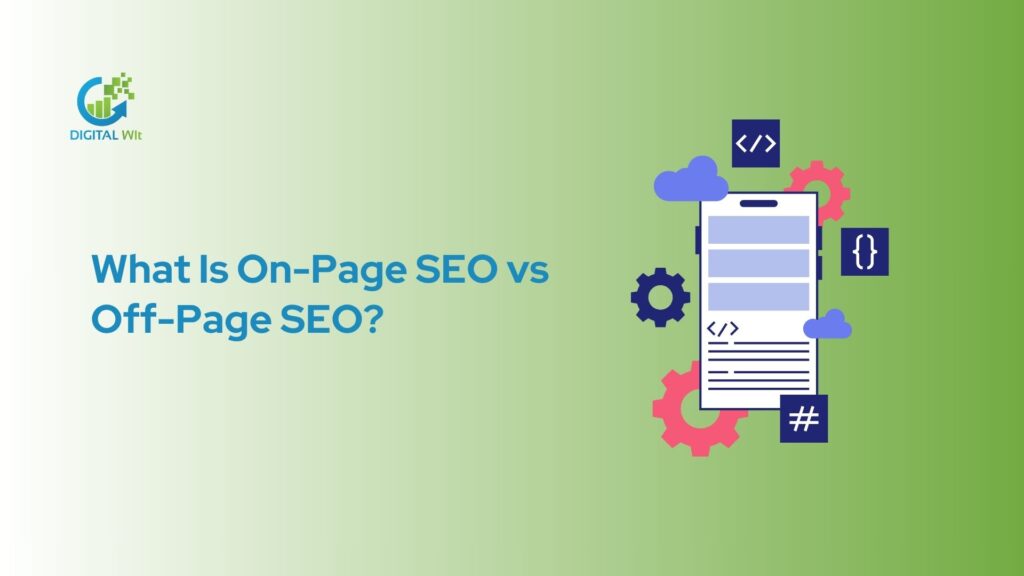
This guide explains both types clearly. You will learn key factors, their differences, and when to focus on each. If you want to understand how search engines actually evaluate content, insights from Digital Wit can help you see SEO from both a technical and strategic point of view, making it easier to apply in real projects.
What Is On-Page SEO?
On-page SEO focuses on improving the parts of your website that search engines read and users interact with. It includes your content, structure, speed, and design—all the elements you can control directly.
Your on-page SEO strategy becomes far more effective when you have strong foundations on how SEO works. Once you understand how Google reads, indexes, and ranks your pages, you can make smarter changes that improve both visibility and user experience.
Simple Meaning of On-Page SEO
On-page SEO means you fix things on your own site. You improve content, tags, and speed. You control this 100%
Why On-Page SEO Acts as the Base
It gives better user experience.Google sees your site as helpful. This raises website authority and indexing fast.
Key On-Page SEO Factors
Content Quality
You write relevant and deep content. Match search intent every time. Add E-E-A-T signals like expert facts. Find subtopics from top Google results.
Keyword Optimization
Use title tags under 60 characters. Write meta descriptions that click. Put keywords in heading tags like H1, H2, H3 naturally.
Technical SEO
Keep URL slugs short and clear. Boost page load speed below 3 seconds. Pass Core Web Vitals tests. Make site mobile-friendliness perfect.
User Experience (UX)
Build easy site architecture. Add internal linking to related pages. Use outbound links to trusted sites. Use short paragraphs so it’s easy to read.
Media Optimization
Add image alt text with keywords. Use schema markup for rich results. Set social tags for better shares.
Page Experience
Fast-loading pages keep visitors happy. Mobile-friendly design is a must. Clean page design helps crawlability.
Example Tactic: Open Google and type your keyword. Check the top 3 pages. Note their subtopics. Add those to your content.
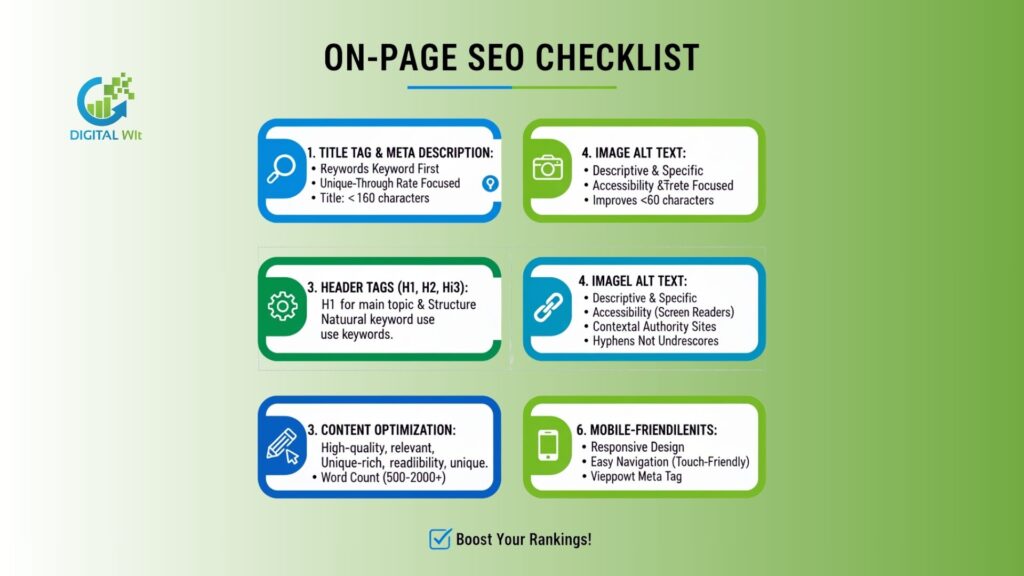
Start with these on-page SEO basics today. It matches 2026 best practices.
What Is Off-Page SEO?
Off-page SEO means work you do outside your site. You build trust with Google and users. It helps your page show higher in search results. People see your brand more. This brings free traffic.
Key Off-Page SEO Factors
Backlinks / Link Building
Backlinks are links from other sites to yours. Quality matters more than number. Good links come from trusted sites. Diversity helps too with links from blogs, news, forums.
Local SEO Signals
Use Google Business Profile. Add correct name, address, phone (NAP). Ask customers for reviews. High ratings push you up in local search.
Social Media Signals
Post on Facebook, X, or LinkedIn. Share your content. People like and share. This tells Google your brand is active.
Other Authority Signals
Write guest posts on good blogs. Join forums. Reply to comments. Fix bad reviews fast.
Example Tactic
Open Ahrefs. Type competitor URL. See who links to them. Email those sites. Ask for a link to your better post.
How to Optimize for Off-Page SEO
- Build high-quality backlinks – Write guest posts. Help others. They link back.
- Ensure NAP consistency – Check name, address, phone on all sites. Fix wrong info.
- Engage on social media – Post once a week. Reply to comments. Tag friends.
- Manage reviews – Thank good reviews. Fix problems in bad ones.
Do these steps. Your site gains trust. Google rewards you with a better rank.
On-Page SEO vs Off-Page SEO: Core Differences
Control – Who Decides?
You control on-page SEO fully. You change titles, content, or speed anytime. Off-page SEO depends on others. You need backlinks from different sites. Google sees your Domain Authority based on their trust.
Focus – What Do They Fix?
On-page SEO improves content and technical parts. You match search intent, add E-E-A-T signals, and fix Core Web Vitals. Off-page SEO builds authority outside. You earn backlinks, manage NAP citations, and get reviews.
Time – How Fast Do Results Come?
On-page SEO shows results in days or weeks. Fix page speed, and Google indexes faster. Off-page SEO grows slowly. One quality backlink can take months to help. But it keeps adding power over time.
Quick Comparison Table
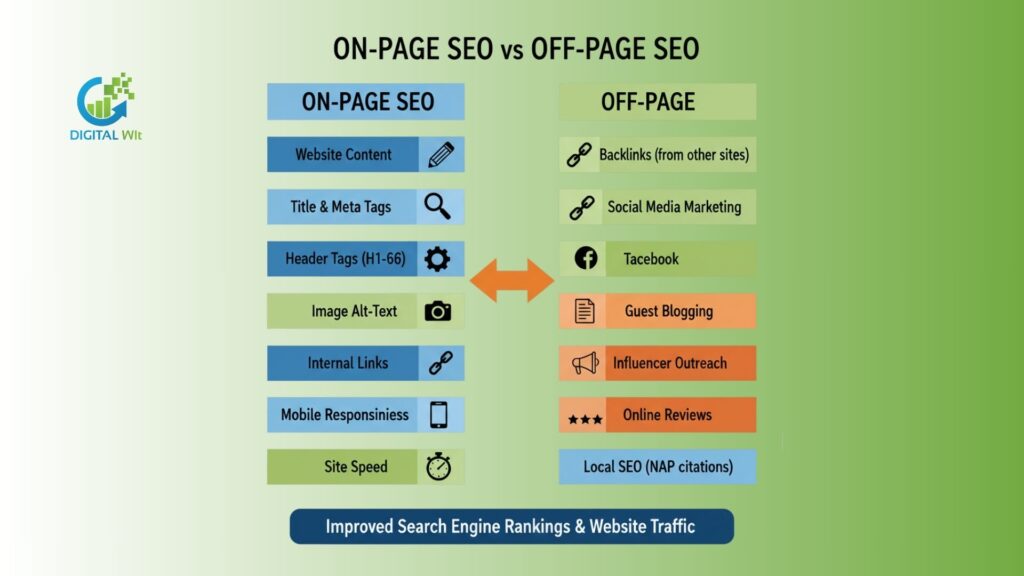
Both on-page and off-page SEO build trust with Google and bring steady organic visitors. You cannot rely on one alone; both must work together for lasting growth. A balanced strategy becomes much easier to create once you have the knowledge of SEO
Why Both Are Important for SEO Success
You need both on-page SEO and off-page SEO to win in Google. They work together like a strong house and good neighbors.
How They Work Together
You fix on-page SEO first. You create content that matches search intent. You add fast page speed and mobile-friendliness. This makes Google trust your site.
Then, off-page SEO helps. High-quality backlinks pass link equity. They tell Google your site has authority.
For example, a bakery blog writes a recipe with perfect headings and Core Web Vitals. It gets shared. Other sites link back. Traffic grows fast.
Impact on Rankings and Traffic
Studies in 2025 show pages with strong E-E-A-T and 10+ quality backlinks rank two times higher. Organic traffic jumps.
User engagement rises because visitors stay longer on fast, helpful pages. You see more clicks in SERP.
Long-Term Strategy
Start with on-page SEO. It builds a solid foundation. You control it fully. Then add off-page SEO. It amplifies authority over time. Learn how SEO works to begin. Understand what backlinks are to grow. This mix brings lasting success.
When to Focus on On-Page SEO vs Off-Page SEO
You need to know when to work on on-page or off-page SEO. This helps you save time and get better results. Let us see the situations.
Situations where On-Page SEO is a priority
Your site is new or loads slow. Fix this first. Bad content or no mobile view hurts rankings. Check Core Web Vitals. Improve page speed and search intent. This builds a strong base.
Situations where Off-Page SEO is a priority
Your on-page is good but traffic is low. Target tough keywords now. Local shops need Google Business Profile and reviews. Build backlinks to grow authority.
Best practices for balancing both strategies
Start with on-page 80% of the time. Then add off-page. Follow this step-by-step SEO guide. Learn backlinks importance later. Check progress every month. Adjust as needed. This keeps SEO easy and effective.
Tools to Help With On-Page and Off-Page SEO
You don’t need costly tools to start SEO. Free options work well.
Google Search Console shows how Google sees your site. It finds crawl errors, slow pages, and mobile issues. Check Core Web Vitals here. It is free.
Google Analytics tracks visitors. See bounce rate and top pages. Know what users like. It is free too.
SEO audit tools like Ubersuggest give quick site checks. Find broken links and keyword gaps. The free version helps beginners.
Ahrefs or SEMrush help with backlinks. See who links to you and competitors. Find link prospects fast. Paid, but free trials exist.
Learn setup in How to Do SEO Step-by-Step for Beginners. Check backlinks in What Are Backlinks and Why Are They Important.
Start with free Google tools. Upgrade only when traffic grows.
Common Mistakes to Avoid
You can hurt your site if you make simple errors. Here are five big ones to skip.
- Over-optimizing keywords You stuff the same word too many times. Google sees it as spam. It drops your rank. Fix: Use the keyword once in title and H1 heading.
- Ignoring user experience Slow pages or bad design make visitors leave fast. Search engines notice high bounce rates. Fix: Check Core Web Vitals in Google Search Console. Speed up images.
- Low-quality or spammy backlinks Links from bad sites look fake. Google may penalize you. Fix: Get links from trusted page which is the safest way to build backlink
- Duplicate or thin content Copying text or short posts give no value. You lose trust and E-E-A-T score. Fix: Write fresh, helpful lines. Aim for 800+ words per page.
- Neglecting mobile-friendliness and page speed Most users browse on phones. Slow mobile sites rank low. Fix: Test with Google’s Mobile-Friendly Tool. Keep load time under 3 seconds.
Avoid these on-page SEO mistakes and off-page SEO errors. Start with on-page fixes today.
Practical Tips to Get Started
On-Page SEO Checklist
- Fix title tags under 60 characters. Add the main keyword at start. Use Google Search Console.
- Write meta descriptions under 105 characters. Make users click.
- Add H1 and H2 headings. Put the target keyword in H1. Use questions in H2.
- Check page speed. Test in PageSpeed Insights. Make load time under 3 seconds.
- Link old posts to new ones. Use 2–3 internal links per page. See our technical SEO guide.
- Make the site mobile-friendly. Test in Google Mobile-Friendly Tool. Fix big buttons and text.
Off-Page SEO Checklist
- Claim Google Business Profile. Add photos and hours. Reply to reviews fast.
- Build quality backlinks. Write guest posts. Use Ubersuggest free to find sites. Learn more in the backlinks guide.
- Keep NAP the same everywhere. Name, address, phone must match on all sites.
- Share posts on social media. Tag local pages. Ask customers to review.
Recommended Tools
- Google Search Console: Free. Shows errors and clicks.
- Google Analytics: Free. Tracks visitors.
- Ubersuggest: Free plan. Finds keywords and backlinks.
- Ahrefs: Free trial. Checks competitor links.
Start with free tools. Upgrade when traffic grows.
Frequently Asked Questions (FAQs)
What is the easiest way to improve On-Page SEO?
Fix your title tag and H1 heading first. Put the main keyword at the start. It helps Google understand your page fast. This quick step boosts click rates too.
How long does Off-Page SEO take to show results?
It needs 3 to 6 months to see clear rank changes. Good backlinks build trust slowly. Keep adding quality links every week. Check progress in Google Search Console.
Can a website rank with only On-Page SEO?
Yes, for easy keywords with low competition. But top spots need backlinks. Learn more in our guide on what backlinks are and why they matter.
How do On-Page and Off-Page SEO affect each other?
Strong content from on-page gets natural shares. These shares turn into backlinks for off-page. Both work together for better rankings. See our step-by-step SEO guide for beginners.
Is On-Page or Off-Page SEO more important?
Start with on-page for a solid base. Then add off-page to grow. Balance both for long-term success. Seo is long journey to learn in 2026
Conclusion
On-Page SEO builds your site’s strong base. Off-Page SEO adds trust and power. Both work together for better rankings.
Start today with a free on-page audit in Google Search Console. Fix titles, speed, and content first. Then move to backlinks and reviews.
Check your SERP position every week. Adjust what needs change by following step by step seo procedure. You can grow your site easily with Digital Wit. Ready to start now?

